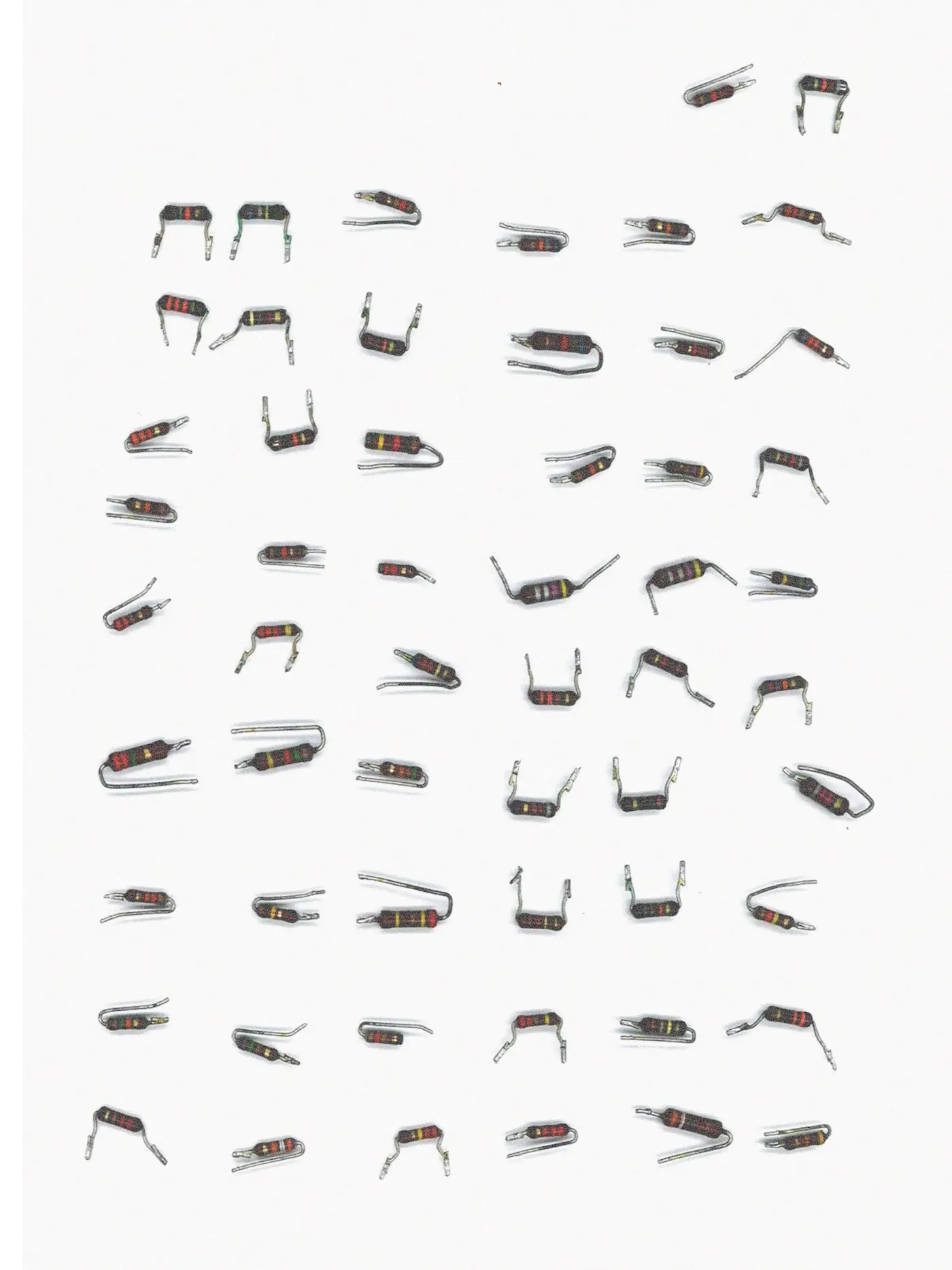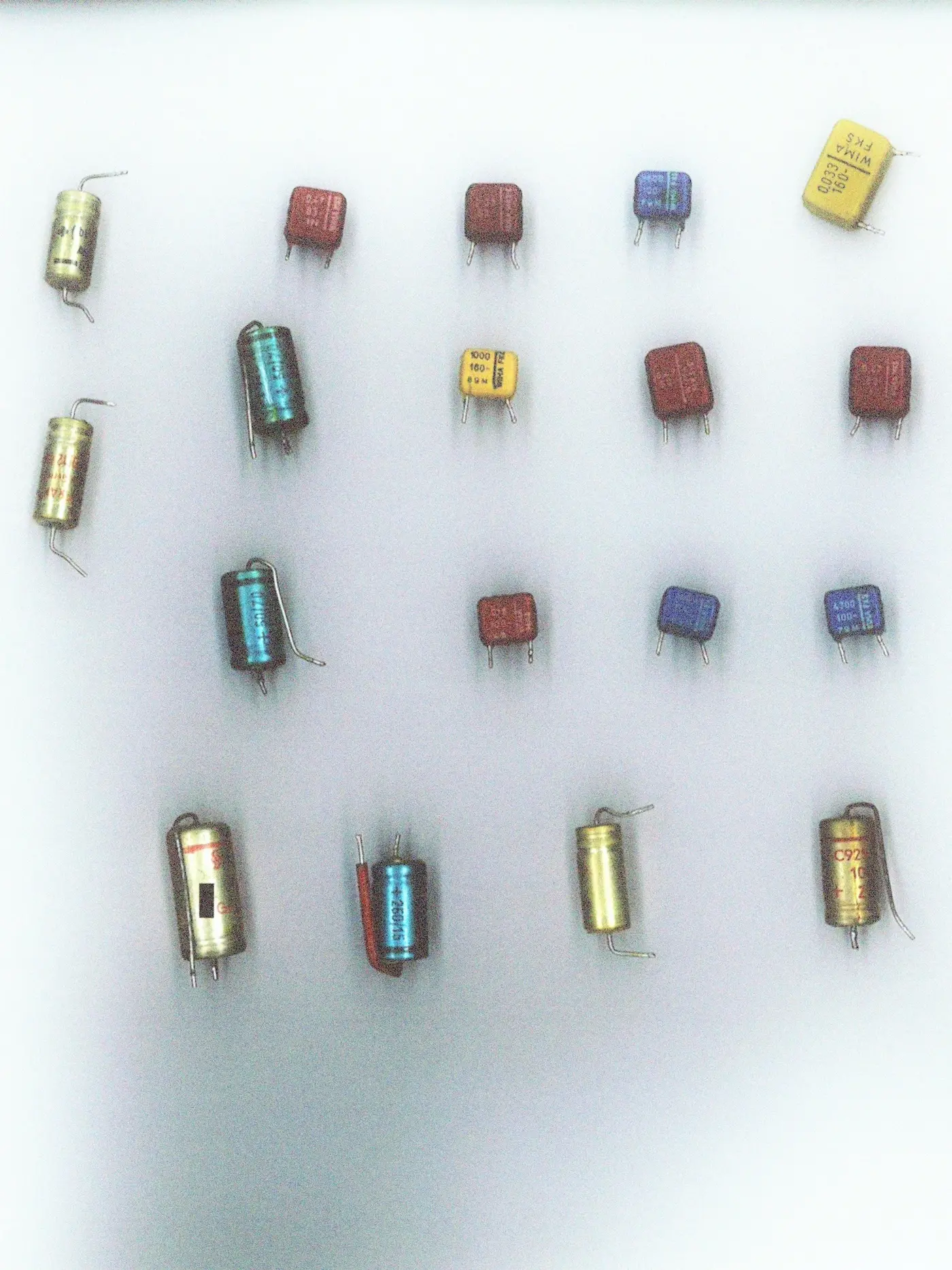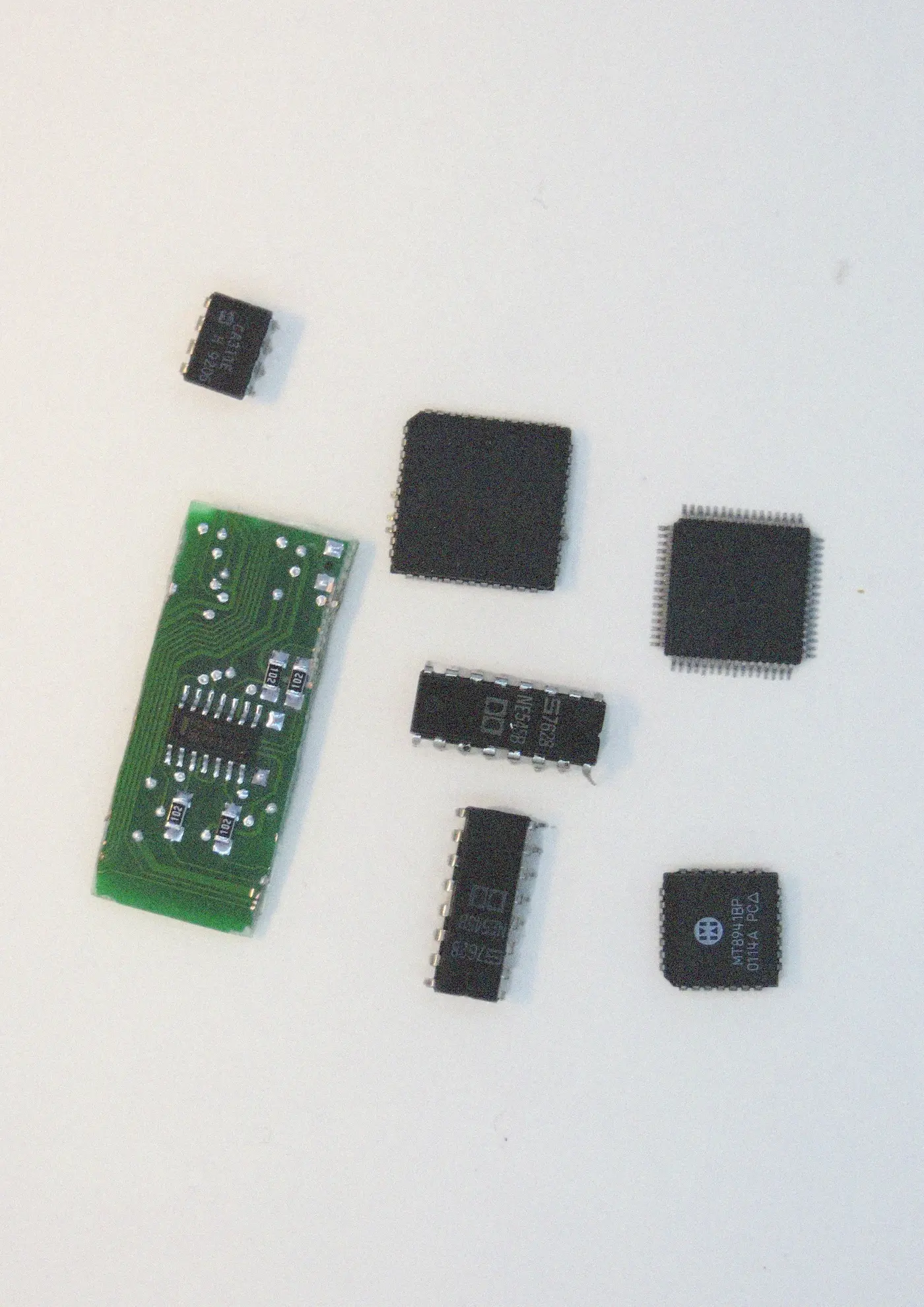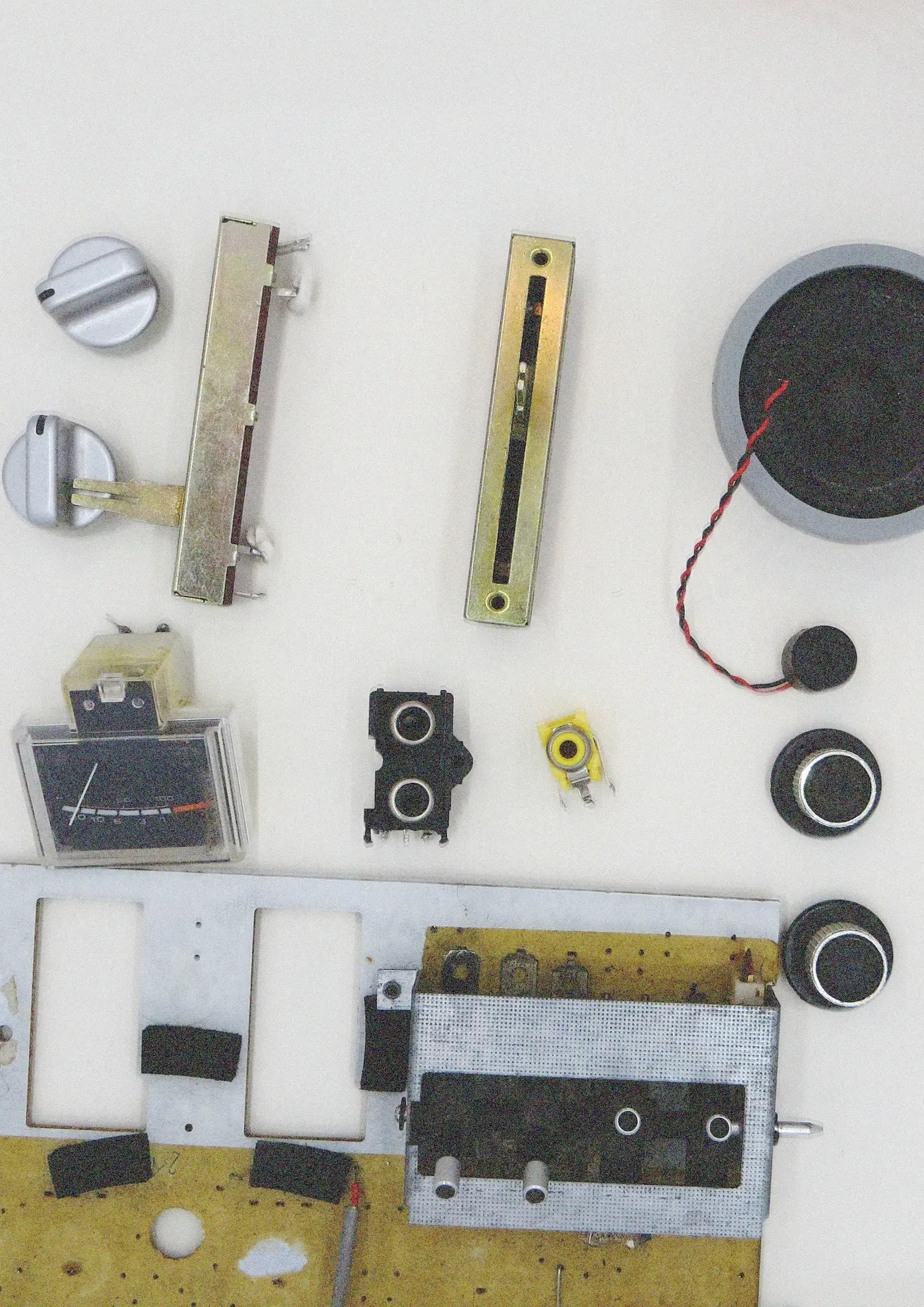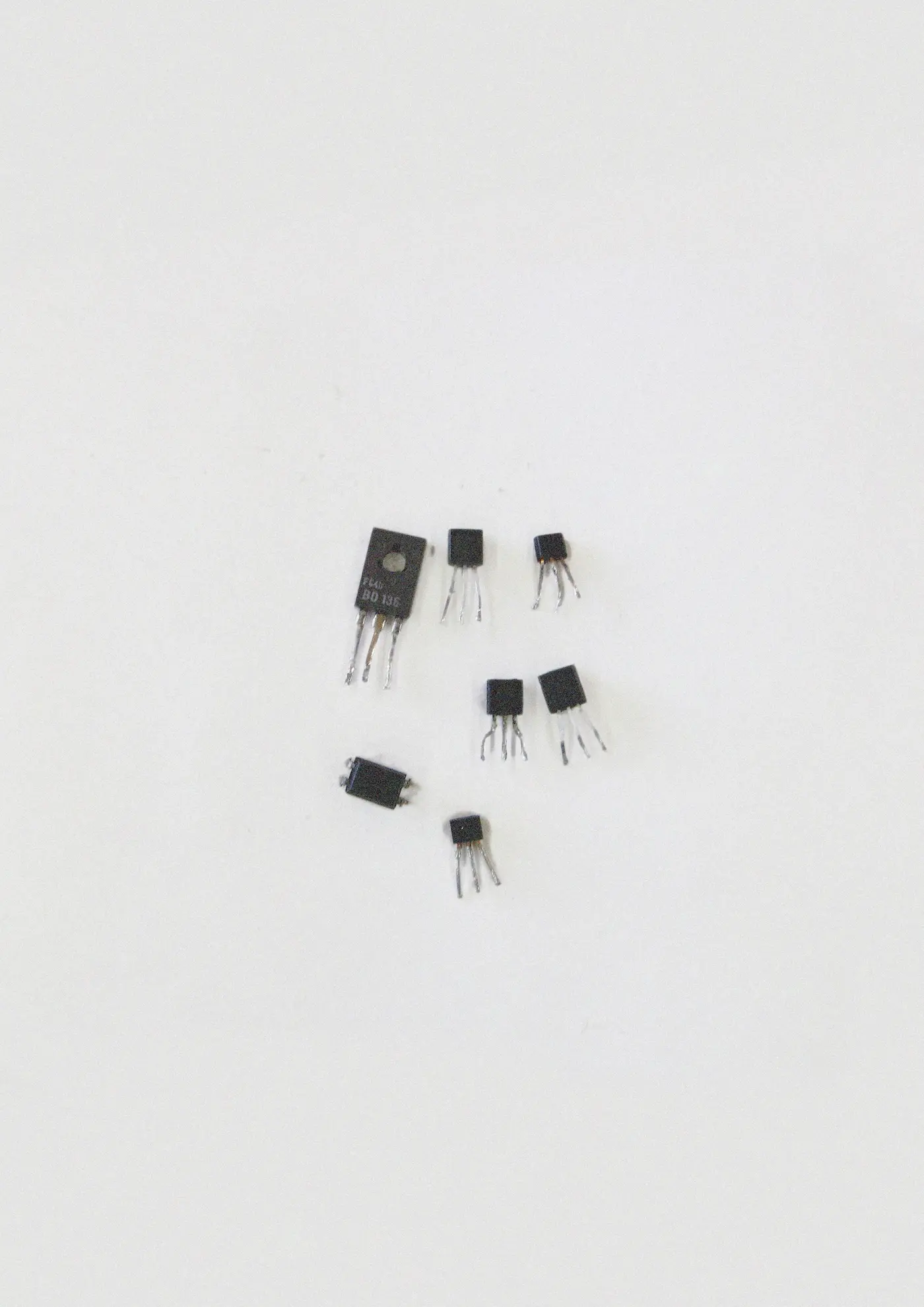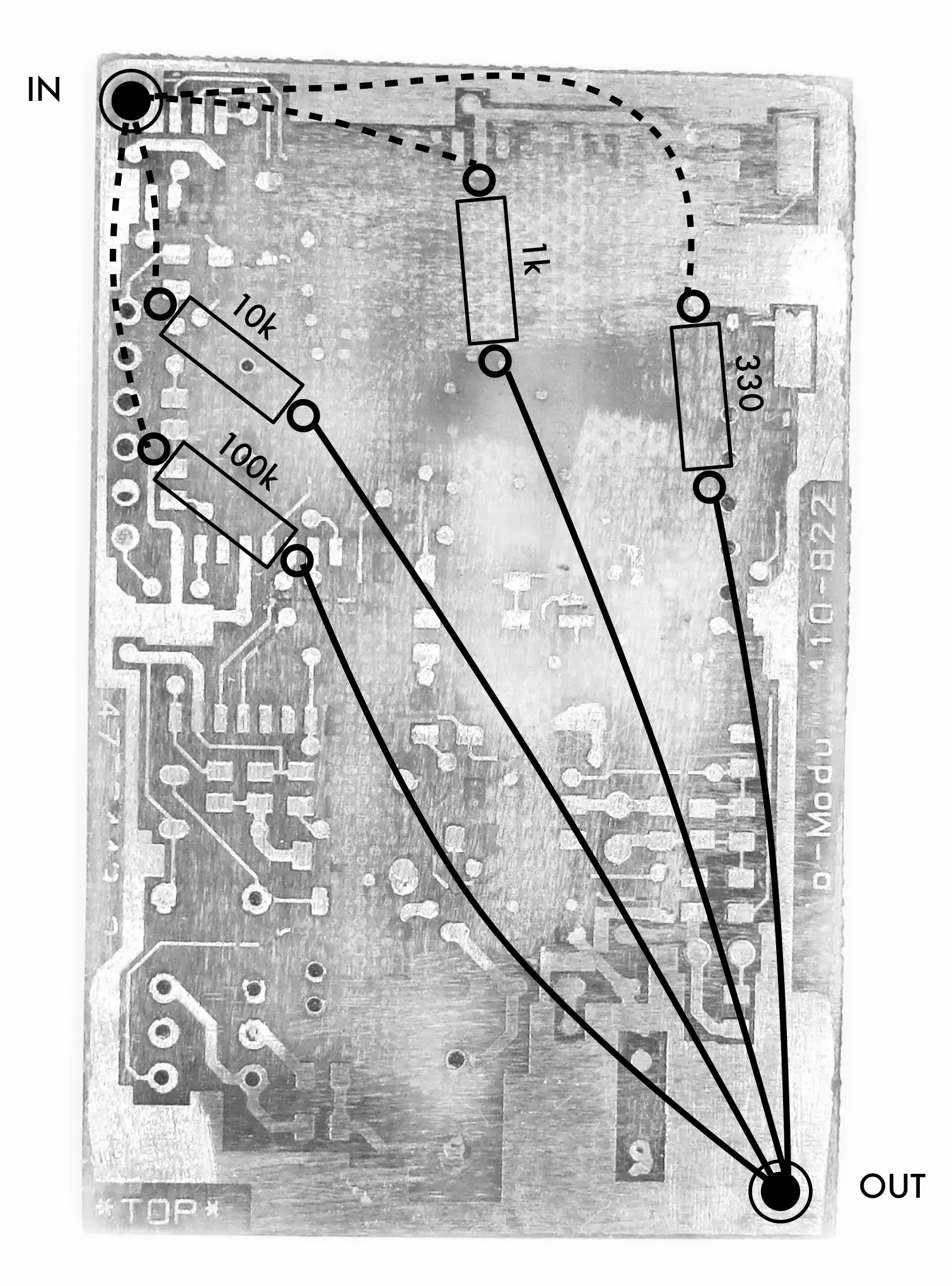Introduction
The real long-term future of computing consists of figuring out how to make the best possible use we can out of the literal millions of devices which already exist.
(Solderpunk, 2020, Cited in de Valk, 2022)
Beware! If you’ve picked up this publication expecting to learn how to make a flawless, DAW-less, in tune and always working polysynth, think again. However, if you, like me, are interested in making screamy, dreamy, sound devices using components you can find in the wild, you’ve come to the right place.
When I first read about salvage computing, I got very excited. Being part of the DIY Sound community, as a sound practitioner and hardware hacker, I’ve developed a growing discomfort with some aspects of the practice. Within the DIY Sound community, DIWO workshops are a common way of sharing knowledge (Richards, 2017), covering a wide range of topics, from the construction to bending and hacking and live coding. Over the past few years, I’ve hosted workshops around circuit bending1 and LOFI sound devices in and around Rotterdam. These workshops are meant as an accessible way to get people tinkering with electronics, through something infinitely playful: making instruments2.
In an ecosystem where a printer is only printing with a costly subscription 3, disruptive products become obsolete within a year4, fixing your own flat tires is outsourced 5 and some smartphones literally have to be frozen to be able to replace the battery 6, it’s clear we’re no longer in charge of our own devices. Warranty-void stickers and lengthy terms and conditions scare us into compliance.
First time soldering workshops can be very empowering in taking back this autonomy by making (or breaking) a circuit together7. They are a shared attempt to uncover some of the black boxes in our own products (Hertz and Parikka, 2012). However, the toys and materials used in the workshops are single-use 8 and, with ease, thrown out afterward. The carelessness notion creeps in that waste has no value, and is easily replaceable, and broke my heart a bit, one workshop at a time.
This is where the field guide comes into play: Can we shift the practice of playful tinkering to acknowledge, rather than ignore, the waste streams they are part of? Limiting ourselves to only use salvaged components and discovering; is it possible to live off (create with) electronic components salvaged in the wild? And what would such a practice entail?
Because salvage is not just about reusing materials; but about confronting the systems that create the waste in the first place. Not only the obsolete media but also the by-product of the entire production lifecycle of an electronic product; From the mining of minerals that make up the hardware to the inevitable disposal site (Gabrys, 2012). Since the rate at which waste is collected and recycled isn’t growing at the same pace as our collective buying and production, the landfills will continue to grow. Parikka even goes as far to say as that recycling is ultimately “waste-trade”, where our abandoned devices are shipped across the ocean (Parikka, 2012).
Beyond the kit
The preference for buying new is noticeable in the DIY synth community as well. When publishing a project, it’s common to share a pre-filled webshop cart along with the schematics or even sell it as a pre-compiled kit9. To me, this goes against the ethos of DIY that resonates with me the most: making do with what you have, with a focus on doing, and not the outcome (Hertz, 2023). Instead, a whole market is created for Lego-like kits. These kits gloss over the challenges and difficulties of creating sound devices, preventing the development of much-needed problem-solving skills, and not actually discovering anything new (Brown, Ferguson and Bennett, 2019).
Instead, what you will learn to build using this guide is a starting point. Small electronic circuits that produce sound on their own, but can also be duplicated, manipulated, and modulated 10, while diving into the questions around the practice of salvaging. The guide is tested, tinkered, and tweaked during (un)repair cafe evenings at the Klankschool11. In these hangouts we modify, hack and repair devices together.
The guide is split up into the different stages of salvaging:
1. Gathering hardware
We trace where to find discarded electronics and how industry practices shape what ends up in the trash.
2. Dismantling devices
Opening up devices to uncover design strategies that prevent access
3. Components to salvage
Identifying and extracting useful components—motors, sensors, chips, while diving deeper in their material.
4. Recipes for making
Methods for building sound devices.
5. Taking inventory
Time to clean the workbench and reflect
Happy scavenging!








